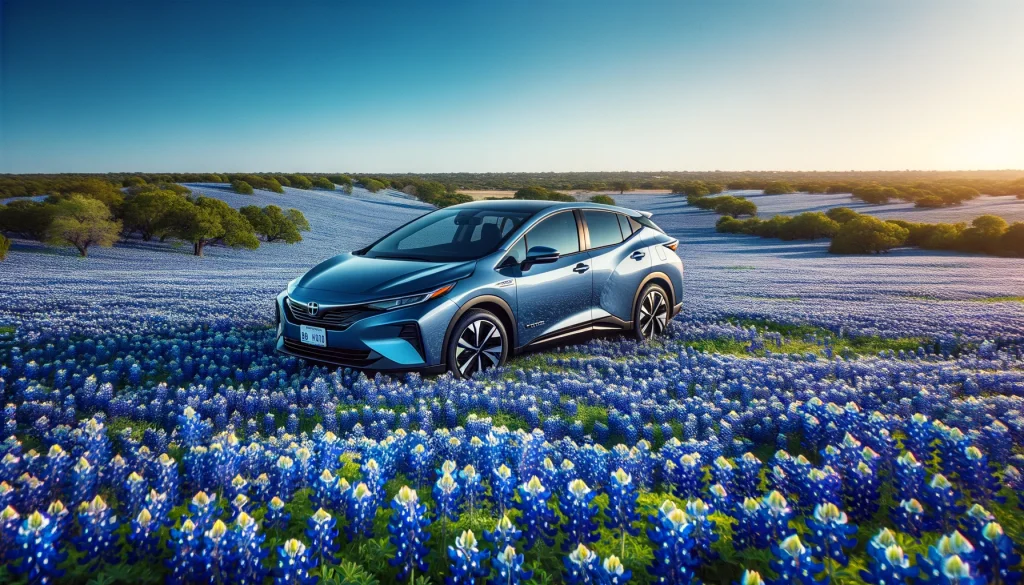
Electric vehicles (EVs) and hybrid vehicles (HEVs) represent two innovative approaches in the automotive industry aimed at reducing reliance on fossil fuels and decreasing emissions. Each type offers distinct benefits and challenges, shaping consumer choice based on lifestyle, economic considerations, and environmental impact. Here, we explore these two types of vehicles, including a specific look at an example from the EV market, the Hummer Electric Vehicle.
Advantages of Electric Vehicles (EVs)
- Zero Emissions: EVs operate solely on electric power, which means they emit no pollutants from their exhaust systems. This starkly contrasts with internal combustion engines and even hybrids, which still emit some pollutants when the gasoline engine is in use.
- Reduced Operating Costs: Electric vehicles are generally cheaper to maintain than their gasoline-powered counterparts. They have fewer moving parts, which reduces the likelihood of mechanical failures. The cost of electricity to power an EV can also be significantly lower than the cost of gasoline, depending on local energy prices.
- Performance Benefits: Electric motors provide instant torque, which can enhance the acceleration capabilities of EVs compared to traditional engines. This results in a smoother and often more responsive driving experience.
- Government Incentives: Many governments offer tax rebates, incentives, and benefits to encourage the adoption of EVs, including reduced registration costs and exemptions from certain fees. Learn about the tax credits for hybrid and electric vehicles at FuelEconomy.gov.
Disadvantages of Electric Vehicles
- Range Anxiety: Despite advancements in battery technology, many EVs still offer a limited range compared to gasoline vehicles. This can be a concern for users who travel long distances frequently.
- Charging Time: While refueling a gasoline car takes minutes, charging an electric car can take several hours depending on the charging station and the battery’s capacity. However, the advent of fast-charging technology is beginning to mitigate this issue.
- Higher Initial Purchase Price: Generally, EVs are more expensive to purchase than comparable gasoline and hybrid cars. This is largely due to the high cost of battery technology, though prices are steadily decreasing.
Advantages of Hybrid Vehicles (HEVs)
- Fuel Efficiency: Hybrids offer great fuel efficiency by combining an electric motor with a gasoline engine. The electric motor can power the car at lower speeds, and the gasoline engine can kick in for higher speeds or when additional power is needed, reducing overall fuel consumption.
- Flexibility: Hybrids eliminate range anxiety as they can switch to gasoline when the battery is depleted. This makes them a more versatile choice for many drivers.
- Lower Emissions Than Gasoline Vehicles: By utilizing both an electric motor and a gasoline engine, hybrids can significantly reduce emissions compared to traditional cars, although they are not as clean as pure electric vehicles.
Disadvantages of Hybrid Vehicles
- Complexity and Maintenance: Hybrids are more complex than either purely gasoline or electric vehicles. This complexity can lead to higher maintenance costs and potential reliability issues.
- Less Efficient on Highways: While hybrids are most efficient in stop-and-go traffic where the electric motor is most beneficial, their advantages diminish at highway speeds where the gasoline engine dominates.
- Cost: Hybrids can be more expensive than traditional vehicles due to their dual-system components.
Case Example: Chrysler Pacifica Plug-In Hybrid

The Chrysler Pacifica Plug-In Hybrid represents a significant advancement in hybrid vehicle technology, particularly in the minivan segment. It combines the practicality and spaciousness that families need with the efficiency and environmental benefits of hybrid technology. The Pacifica Plug-In Hybrid is equipped with a 16-kWh lithium-ion battery that allows it to run up to 32 miles purely on electric power. When the electric charge is depleted, it seamlessly switches to its gasoline engine, offering a total range of over 500 miles.
This model showcases the benefits of plug-in hybrid technology, particularly in terms of reducing fuel consumption and emissions for typical family use. Drivers can complete most short daily commutes entirely on electric power, significantly cutting down on fuel use and costs. For longer trips, the gasoline engine ensures that the vehicle can travel as far as a traditional gas-powered vehicle without the need for frequent stops to recharge.
Moreover, the Pacifica Plug-In Hybrid doesn’t compromise on performance. It delivers a combined power output of 260 horsepower, providing a robust and responsive driving experience. It also comes with regenerative braking, which recaptures energy during braking to recharge the battery, enhancing overall efficiency.
The Chrysler Pacifica Plug-In Hybrid not only exemplifies the practical application of hybrid technology in family vehicles but also highlights the potential for significant environmental impact reduction without sacrificing the utility and performance that drivers expect from a large vehicle. In conclusion, both EVs and HEVs offer unique advantages and come with their own set of challenges. The choice between an electric and a hybrid vehicle will largely depend on individual needs, preferences, and priorities, with considerations for environmental impact, technology, cost, and driving habits playing pivotal roles. Contact us to discuss your individual electric vehicle needs.







